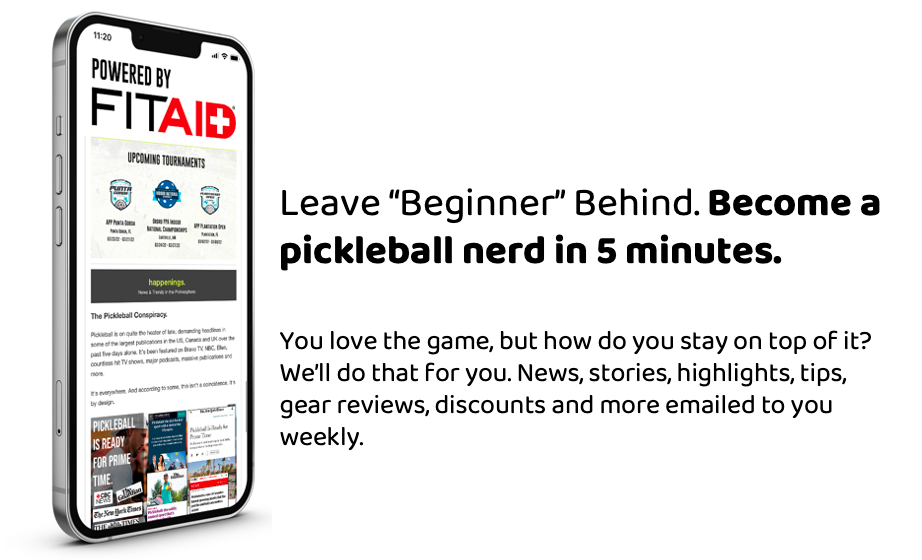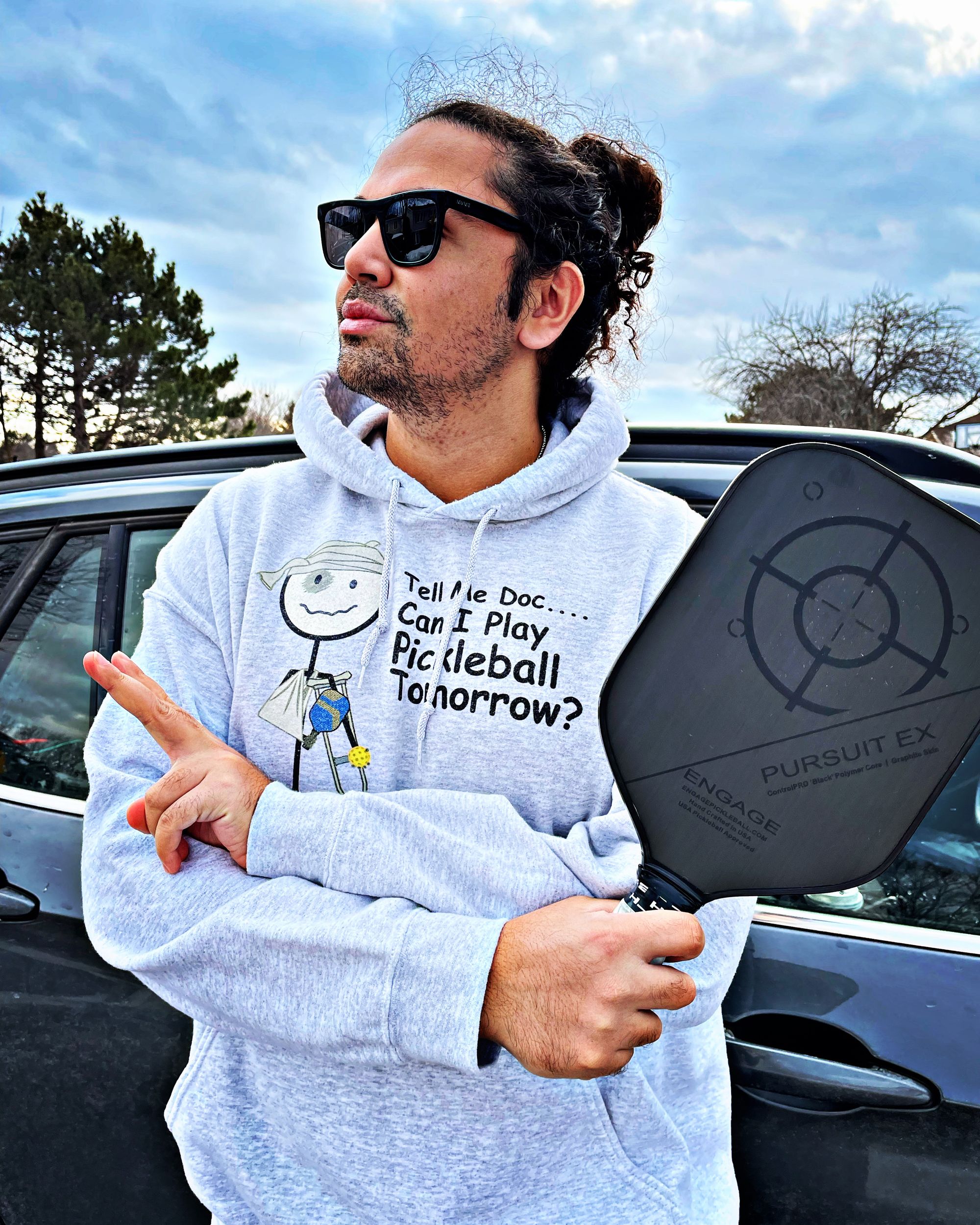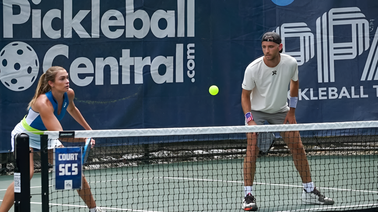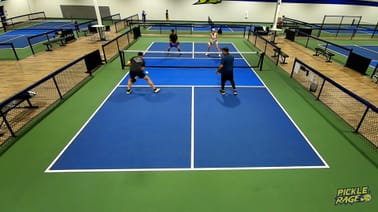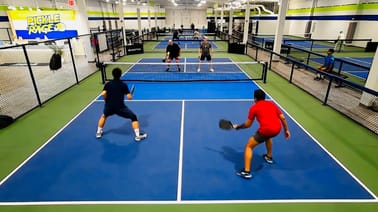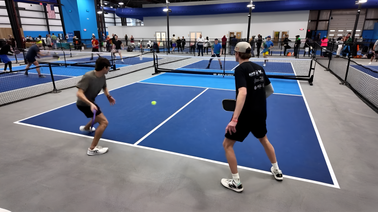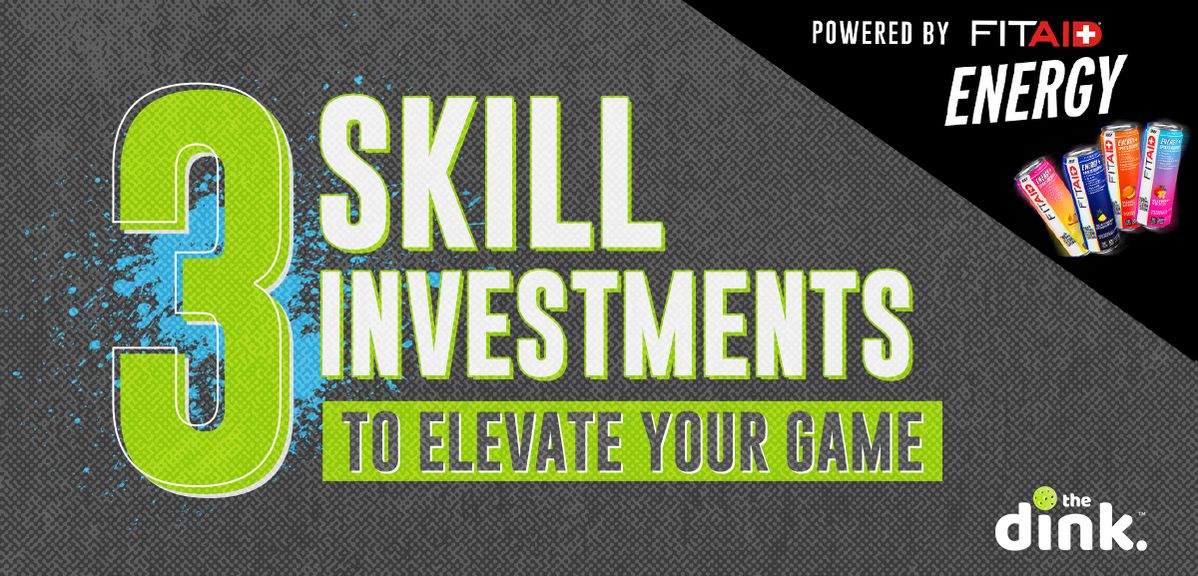
One of the most exciting aspects of pickleball is how, in tandem with its increase in worldwide popularity, the strategy and approach to the game itself is evolving rapidly.
The Old Way
When I first began playing pickleball, a short 1.5 years ago, the vast majority of player opinion, discourse, and writing about pickleball strategy (at a skill development and shot selection level) stated as fact that the only real way to play successfully was:
- A conservative serve and return, prioritizing landing both 100% of the time
-Incremental progress to the NVZ founded in the third-shot-drop
-Then taking every opportunity to slow the game down to a dink battle at the NVZ, resetting and slowing pace of play until your opponents make a mistake
-While emphasizing patience and avoiding the speed-up
This was reinforced by commonly stated metrics such as ‘80% of the time, the team who speeds up the ball loses the point’ – with articles published as recently as December 2021 expressing the idea that the soft game is always the right answer and that, unlike in many other competitive sports and specifically in competitive racquet sports, as you advance in skill in pickleball, the game actually grows slower rather than faster.
And of those who love a drive and speed-up? They’re (disparagingly) written off as “bangers”, lacking appreciation for the subtlety and art of the game.
Truth be told, this approach never completely resonated with me — and there have been more recent posts and articles taking a counter position to the above that lead me to believe that the sentiments of the wider pickleball community are also changing. Adding to this, my recent experiences competing at the PPA Riverland Open and the local PicklePlex Spring Fling in Punta Gorda have moved me one step further in questioning the continued validity of this OG approach to pickleball strategy.
For context: These events will have been a couple of my last runs at 4.0 before moving to compete predominantly 4.5
-At PPA Riverland, I played Singles, Gender Doubles, Mixed Doubles 4.0
-At the PicklePlex Spring Fling I played Gender Doubles Open, Mixed 4.0
I also, of course, had the opportunity to view a variety of higher-level and pro matches across categories.
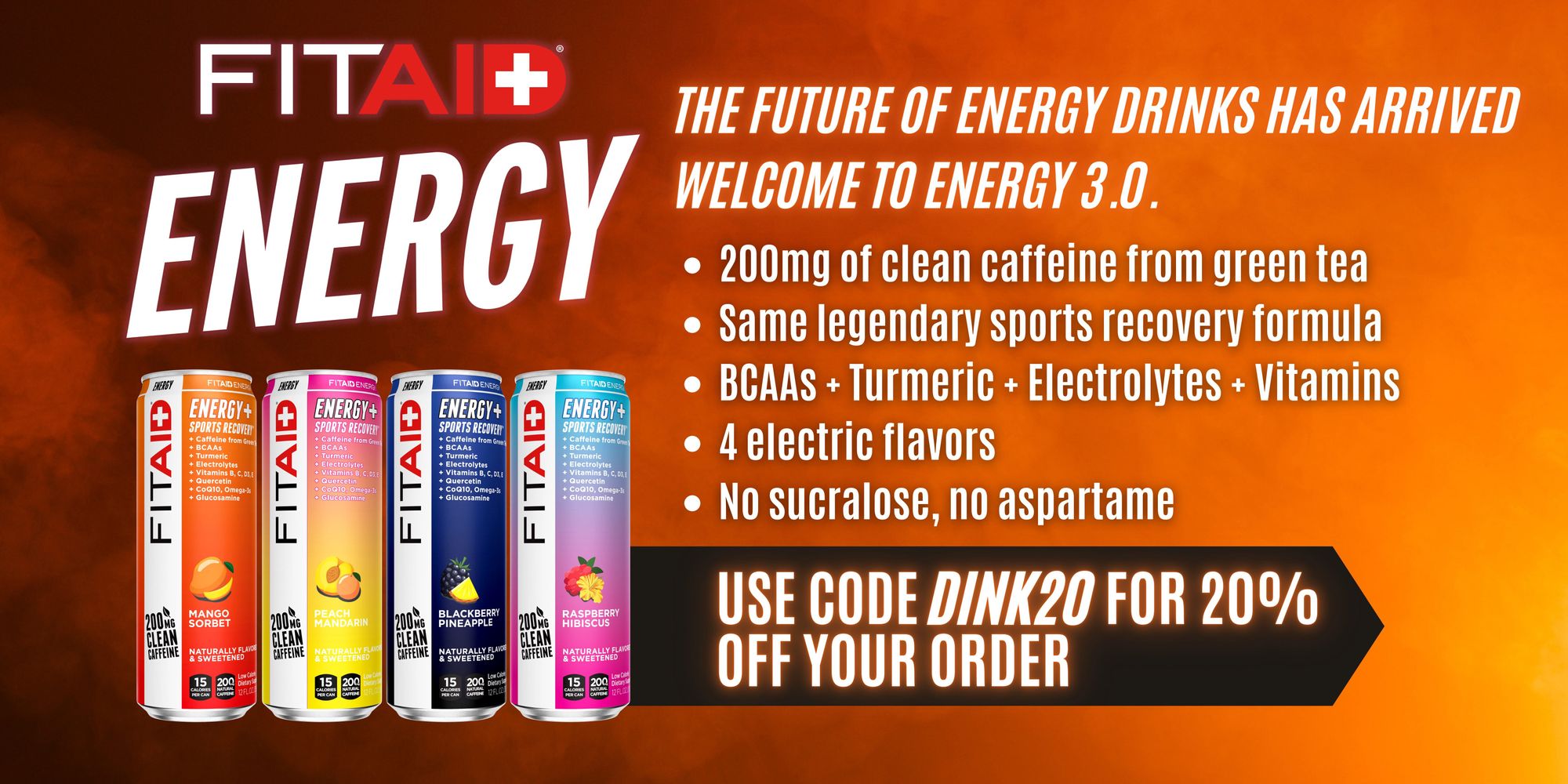
Here’s what I observed & experienced (especially while playing Open):
The first few points of the game have gotten faster: Rather than a conservative return-of-serve designed to lead into a longer point and set up the third-shot-drop, the return of serve is becoming a weapon in and of itself, pushed back with more force in order to keep opponents pinned at or behind the baseline, thereby forcing a higher third-shot-drop or a more easily defended third-shot-drive, while increasing the time the returning team has to make their way to the net.
Creating pressure on the advance to the NVZ is replacing incremental migration: This is something I observed at the amateur level as well. Slow movement up the court, defending drives from the net with resets to then initiate a softer dinking rally is falling out of vogue, replaced with the increased employment of mid-court drives, hard cuts and slices (with grit and spin capacity being one of the leading paddle differentiators in today’s market), and even lobs to take time away from opponents and create time for The advancing team to move swiftly to the NVZ.
The more aggressive “push” dink is more of a weapon than ever: I saw this in particular when facing off against (and being defeated by) CJ Clinger and Gabriel Tardio. Against these two powerhouse players, a simple dink, low to the net and well within the kitchen, was functionally a dead dink. If it wasn’t attacked outright, the return dink was one pushed right to the NVZ line or just past with pace — optimized to throw their opponents off balance; once more taking time away from their opponents and creating time for them. This same approach applied later in Clinger and Tardio’s medal matches, with great success.
Hand speed is a lot (if not everything) at the NVZ: More and more, at the pro and amateur level, we’re seeing teams choose to speed up the ball early and, contrary to the 80% stat (or maybe pseudo-stat, nowadays), they’re winning. The range within which these successful speed-ups are possible is increasing, too. If we go by the red/yellow/green light standard of attackable ball, you could say that more players are attacking the ball within the yellow (or perhaps orange) zone — and the Ws make it worth it. From what I’m seeing, reinforced by a few off-the-record conversations with pros at the tourney and in clinics afterwards…
If you have your opponents under pressure and can increase it by applying pace- make the attack.
Particularly at the amateur level, if you can catch your opponents off-guard by successfully speeding up an “unattackable” ball - then make the attack.
If you think your hands are faster than the person in front of you - make the attack
Of course, this is under the model that you can speed up the ball and successfully land it in, in the event that your opponents try to move out of the way — and you need to be ready for a faster return.
The Three Pickleball Skill Investments
Taking all of this into account, there are 3 skill areas I’m actively investing in developing in order to take my game to the next level, which you too might consider:
- Instead of focusing on learning when a ball is too low to attack, I’m focusing on learning how to attack lower bounces — to make my “red zone” as narrow as possible.
- More often than not, the attack will come back, which means I need faster hands than my opponents — so improving hand speed and agility (with training both on and off the court) is paramount.
- Winning the fast-game isn’t just about speed, it’s also about setting ourselves up for success — which means building muscle memory around resetting my hands and court positioning to prepare for the next return.
At the end of the day, one of the coolest things about pickleball is its customizability. It’s a sport where the strategy and, to an extent, even the mechanics of a shot can be adapted to a player’s athletic background and preferred play style. While I don’t know that there will ever be a hardline “right way to play”, I do believe that there is only so much control that we can exert over how our opponents play out points in competitive pickleball — and that if the game’s getting faster, we need to rise to meet it.
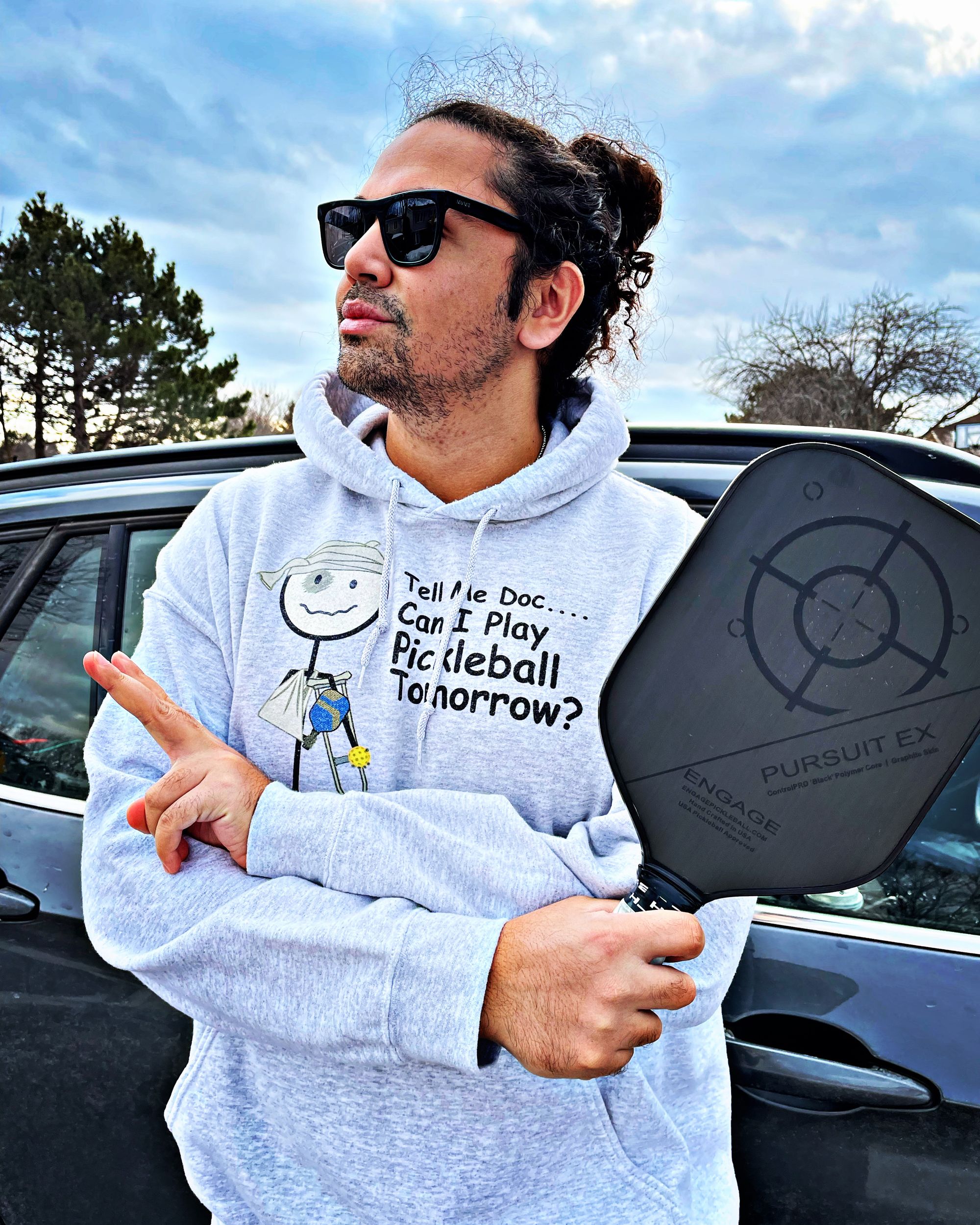

- Instagram: @iammowaja — https://www.instagram.com/iammowaja/
- Facebook: @mo.waja — https://www.facebook.com/mo.waja/
- Website: https://www.mowaja.com
